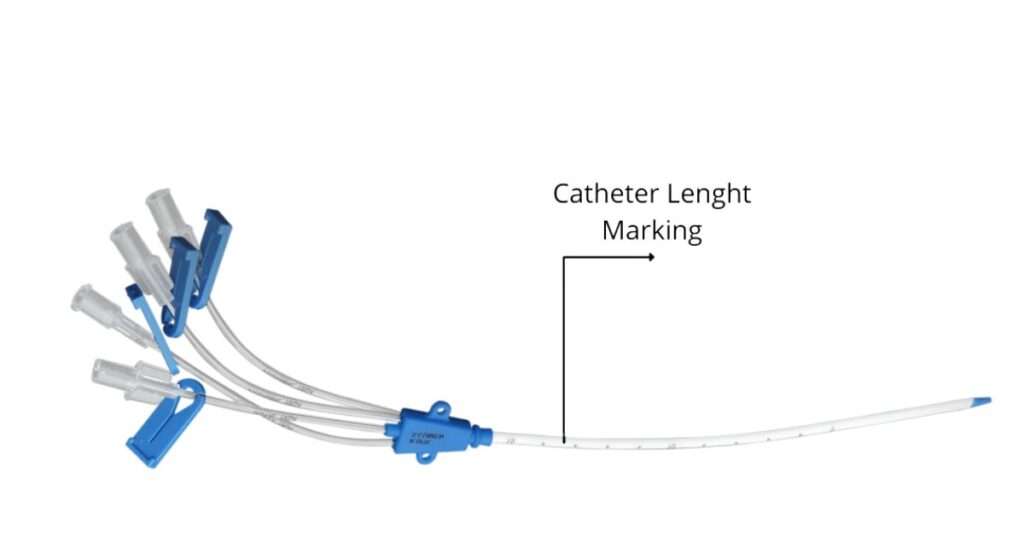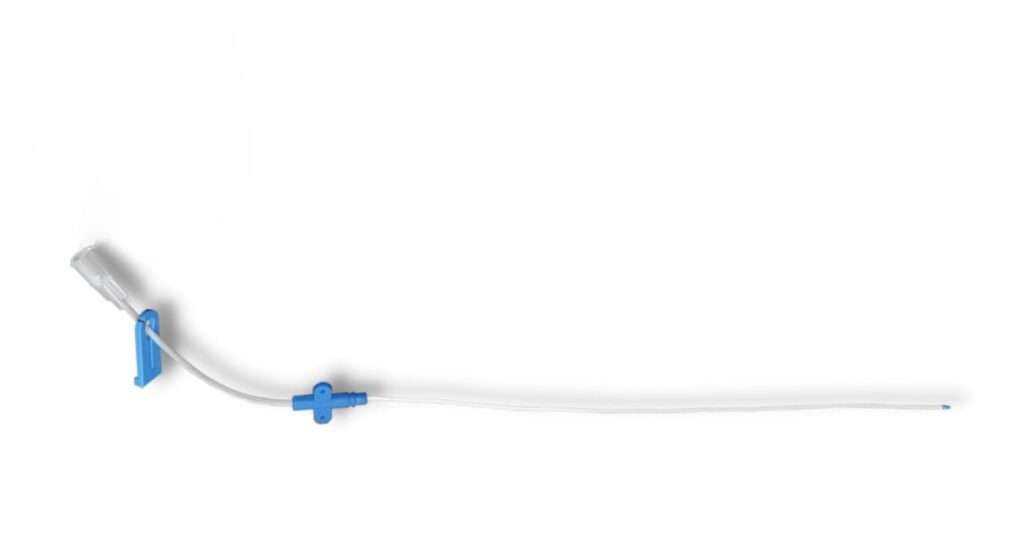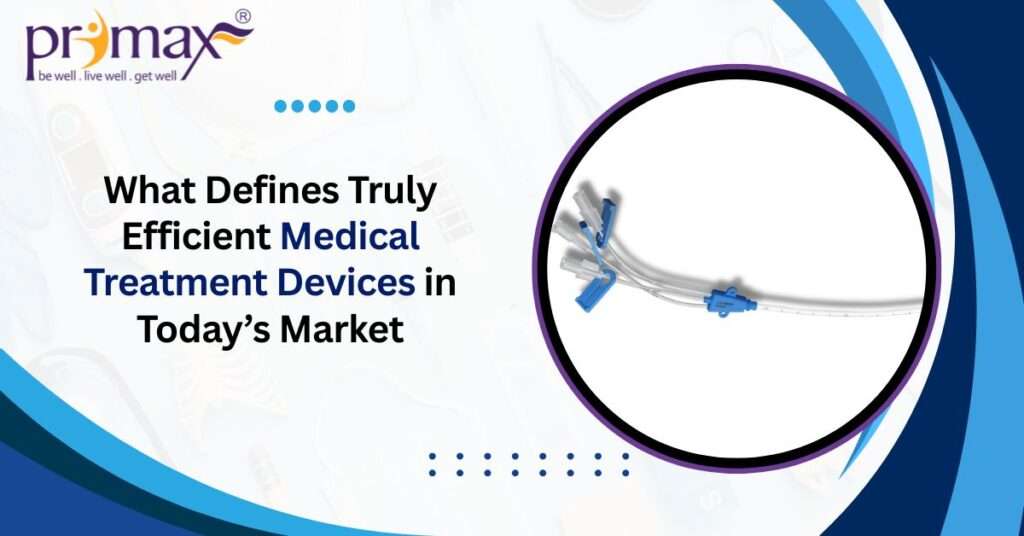In an era where technology defines the speed and quality of care for the patient, efficient medical treatment devices are not only optional, they are mandatory. Efficiency in medical devices is no longer a luxury but a requirement, with increasing patient expectations and operational challenges. From the operating room to the outpatient clinics, these devices are bringing revolution in the distribution of healthcare by combining accuracy, speed, and security that could not be achieved with old equipment.
Understanding Efficient Medical Treatment Devices
At its core, efficiency in medical devices refers to the ability of equipment to give accurate, timely, and safe results, whether it is time, energy, or patient risk. It is not only about advanced features or smooth designs; This is about how well the device performs in the real-world clinical settings. High-performing medical equipment ensures that healthcare professionals can also effectively diagnose, treat, and monitor patients in a professional, high-pressure environment.
This efficiency can come from many aspects- intelligent automation, ergonomic design, rapid diagnosis, or better energy use. But above these, these devices should basically integrate into existing systems, without the need for unnecessary curves or to create a disruption in workflow.
The Role of Innovation in Medical Equipment Design
As healthcare increases rapidly, innovative medical equipment is advancing new paradigms in diagnosis and treatment. Innovation today means more than incremental upgradation. This indicates a new form of equipment around the needs of physicians and patients.
Touch-screen interfaces, wireless connectivity, predictable analytics, and AI-operated diagnostics are now considered “efficient”.
These features allow for better decisions to be made and eventually improve patient results. For example, a clinical tool that takes advantage of machine learning can analyze imaging results with greater speed and accuracy than traditional methods, allowing for detection and intervention at the first signs and time.

How High-Performance Medical Tools Enhance Clinical Outcomes
The relationship between high-performing medical devices and better clinical results is well-documented. Whether it is capable of adjusting in real time for a patient’s changing needs or a surgical robot providing millimeter-level accuracy, the performance translates into better safety margins and fewer complications.
One of the most compelling arguments in favor of upgrades of high-demonstration devices is reduced time. Small surgery or rapid diagnosis means low infection, low cost, and fast recovery. In addition, equipment that maintains high performance in long shifts and diverse patient needs reduces cognitive loads on healthcare workers, resulting in lower human errors.
Treatment-Focused Equipment and Its Impact on Healthcare Delivery
Medical equipment is no longer about the task – it is about the purpose.
Treatment-centered tools are closely aligned with specific clinical goals. Whether it is cardiac care, neurology, oncology, or newborn treatment, every feature today requires tuned tools for the unique nuances of its practice.
The rise of treatment-focused equipment in India and abroad has led to more personal care. The equipment is now not only in line with extensive medical conditions, but also with patient demographics, such as age, weight, and comfort. This specificity allows better treatment for regimens and customized patient experiences.
Global Trends Shaping the Development of Medical Devices
Globally, the field of medical devices is undergoing rapid changes. Efficiency, stability, and differences are at the forefront of this change. Countries are demanding clever equipment that consumes low power, generates less waste, and provides plug-and-play interoperability with the infrastructure of the existing hospital.
There is also a clear tendency towards small satisfaction. Portable, handheld devices are now capable of diagnosis and treatment that once required special hospital units require heavy machines. This change strengthens small clinics and rural health setups, providing access to advanced care with minimal infrastructure investment.
In parallel, the demand for disposable tools-especially in high-transforce-risk areas. Equipment designed with single-use components reduces the risk of cross-contamination and rapidly promotes patient turnover. This trend has been particularly prominent in treatment-focused devices in India, where strength and transition control are important challenges.

What Hospitals Should Consider When Investing in New Devices
When a hospital evaluates new equipment, efficiency should be judged not only in terms of speed or performance, but also in terms of overall value.
- Does the device reduce the total cost of ownership over time?
- Is it compatible with current IT and support systems?
- Is there sufficient training and later support?
Many hospitals also ignore the importance of patient-centered design. Devices that are easy on the patient – quality machines, less aggressive procedures, or rapid results – eventually become more efficient because they increase compliance and satisfaction.
Another factor is regulatory alignment. Equipment that meets global security and quality standards, such as an FDA, CE, or ISO certificate, is more likely to perform continuously in various clinical environments and patient populations.
Challenges in Evaluating Medical Equipment Efficiency
Despite the rise of advanced medical technology, evaluation of efficiency can be complex. Metrics are not always standardized, and performance in lab settings often differs from the real clinical environment. In addition, it can be difficult to verify the vendor’s claims with hand testing or without real-time response from employees.
Additionally, the lack of budget can hinder decision-making. Some institutions choose the option of cheap options that seem efficient in the short term, but lack stability, leading to long-term disability. Conversely, expensive equipment with extreme features can cause complexity and reduce overall performance.
A balanced evaluation should include clinical teams, biomedical engineers, and administrative decision-makers. Efficiency should be considered not only in terms of numbers but also in terms of overall results: does this tool simplify our work, improve care, and reduce the risk?
Conclusion: Increasing demand for smart and skilled solutions
The medical device market is no longer operated purely by brand, price, or availability. Today, the actual value lies in efficient medical treatment devices that provide extraordinary results without compromising on purpose or stability. As hospitals and clinics face mounting pressures to improve care quality while reducing costs, smart investments in efficient, innovative tools are proving to be the way forward.
Healthcare leaders now recognize that device efficiency isn’t merely about speed or tech specifications; it’s about meaningful impact. And as the demand grows, companies like Prymax Healthcare are stepping in to meet the challenge by delivering high-performance solutions that align with global standards, regional needs, and the evolving expectations of modern healthcare.
FAQs
Question- 1. What are the key features of efficient medical treatment devices?
Answer- Efficient devices often include fast response times, minimal maintenance needs, seamless integration with existing systems, and intuitive user interfaces that support both patient safety and clinical accuracy.
Question- 2. How do innovative medical devices improve patient outcomes?
Answer- By enabling earlier diagnosis, more accurate treatments, and fewer procedural errors, innovative devices allow for more precise and effective patient care across a range of medical specialties.
Question- 3. Why is device efficiency important in critical care settings?
Answer- Efficiency is crucial in critical care, where timely intervention can make the difference between life and death. Devices that deliver accurate results quickly improve decision-making and patient survival rates.
Question- 4. What should hospitals evaluate before investing in new medical tools?
Answer- Hospitals should look at long-term value, compatibility, training support, ease of use, and clinical effectiveness based on real-world performance, not just technical specifications.

